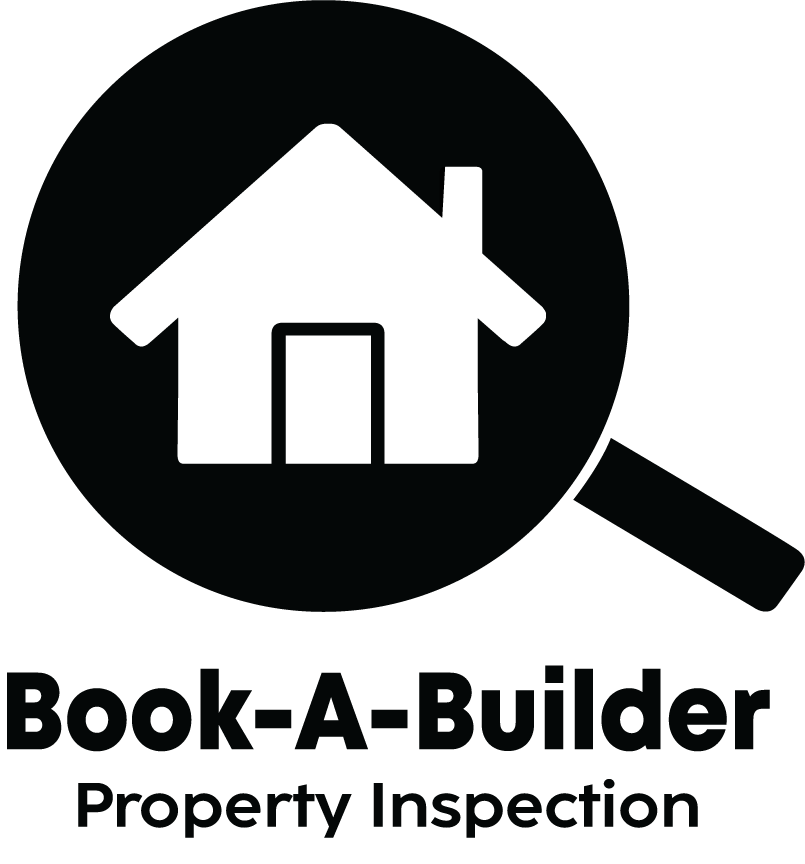🛠️ Recladding with Shadowclad: Insights from Years of Renovation Experience
- Alex Willis
- May 11
- 3 min read
As seasoned renovators, we understand that recladding isn't just about aesthetics—it's about restoring a home's integrity. Shadowclad, a popular plywood cladding option in New Zealand, offers a sleek, modern look. However, over time, we've observed certain pitfalls that can compromise its performance.
🔍 Why Shadowclad Might Fail
Inadequate Surface Protection Shadowclad relies heavily on its stain or paint for weather resistance. Neglecting regular maintenance can lead to issues like warping, cracking, or even delamination. Some homeowners have reported that the protective treatment washes out over time, allowing moisture ingress and subsequent decay.
Improper Installation Practices Incorrect installation, such as insufficient drainage or improper sealing, can trap moisture behind the cladding. This environment fosters wood rot and can lead to significant structural damage.
Use of Substandard Materials Instances have been reported where products resembling Shadowclad, like Utilityclad, were used without proper treatment. These materials are more susceptible to moisture-related issues.
Design and Detailing Oversights Poor detailing, such as inadequate flashing or improper sealing around windows, can allow water to penetrate the cladding system. This is particularly concerning in areas prone to heavy rainfall and high winds.
Aging and Material Degradation Over time, the protective coatings on Shadowclad can degrade due to UV exposure, leading to discoloration and reduced weather resistance. This degradation necessitates timely maintenance or, in some cases, complete recladding.
🏡 Ground Clearance and Shrubbery: Overlooked Factors in Cladding Performance
Beyond the cladding material and installation practices, environmental factors play a crucial role in the longevity of Shadowclad. According to the Shadowclad Specification & Installation Guide, the bottom edge of each Shadowclad sheet must be a minimum of 50mm above decks and verandahs, 100mm above paved ground, and a minimum of 175mm above unprotected ground. Consumer Protection
Inadequate ground clearance can lead to water splash onto absorbent claddings, cladding, framing, or flooring absorbing water, and premature failure of paint finishes when claddings are continuously damp.
Vegetation or earth in contact with the cladding will increase the time of wetness and may contain corrosive compounds.
🛠️ Tips for Successful Recladding
Regular Maintenance: Ensure that the protective coatings are reapplied as per manufacturer recommendations to prolong the life of the cladding.
Proper Installation: Engage experienced professionals who adhere to best practices for drainage, sealing, and flashing installation.
Quality Materials: Use genuine, treated Shadowclad products to avoid issues associated with substandard materials.
Detailed Design: Incorporate comprehensive detailing to prevent water ingress, especially around penetrations like windows and doors.
Timely Replacement: Monitor the condition of the cladding and consider recladding when maintenance becomes insufficient to address ongoing issues.
Ground Clearance: Maintain the recommended ground clearances to prevent water splash and ensure proper ventilation.
Vegetation Management: Keep vegetation and soil away from the cladding to reduce the risk of moisture-related issues.
🏡 How My Renovation Experience Enhances My Pre-Purchase Inspections
Drawing from years of hands-on experience with recladding Shadowclad, I possess an in-depth understanding of its nuances and potential failure points. This expertise allows me to:
Identify Hidden Issues: Recognize subtle signs of moisture ingress, structural weaknesses, or improper installation that may not be immediately apparent.
Assess Long-Term Durability: Evaluate the current condition of Shadowclad and predict potential future issues, aiding clients in budgeting for repairs or replacements.
Provide Expert Advice: Offer informed recommendations on maintenance practices and improvements to extend the lifespan of Shadowclad cladding.
This specialized knowledge ensures that my pre-purchase inspections are thorough and tailored to the unique challenges posed by Shadowclad, providing clients with comprehensive insights into the property's condition.
🏡 Conclusion
Recladding with Shadowclad can enhance the aesthetic appeal and functionality of a home. However, it's crucial to be aware of potential failure points and address them proactively. By adhering to best practices in installation and maintenance, homeowners can ensure the longevity and performance of their cladding system.



Comments